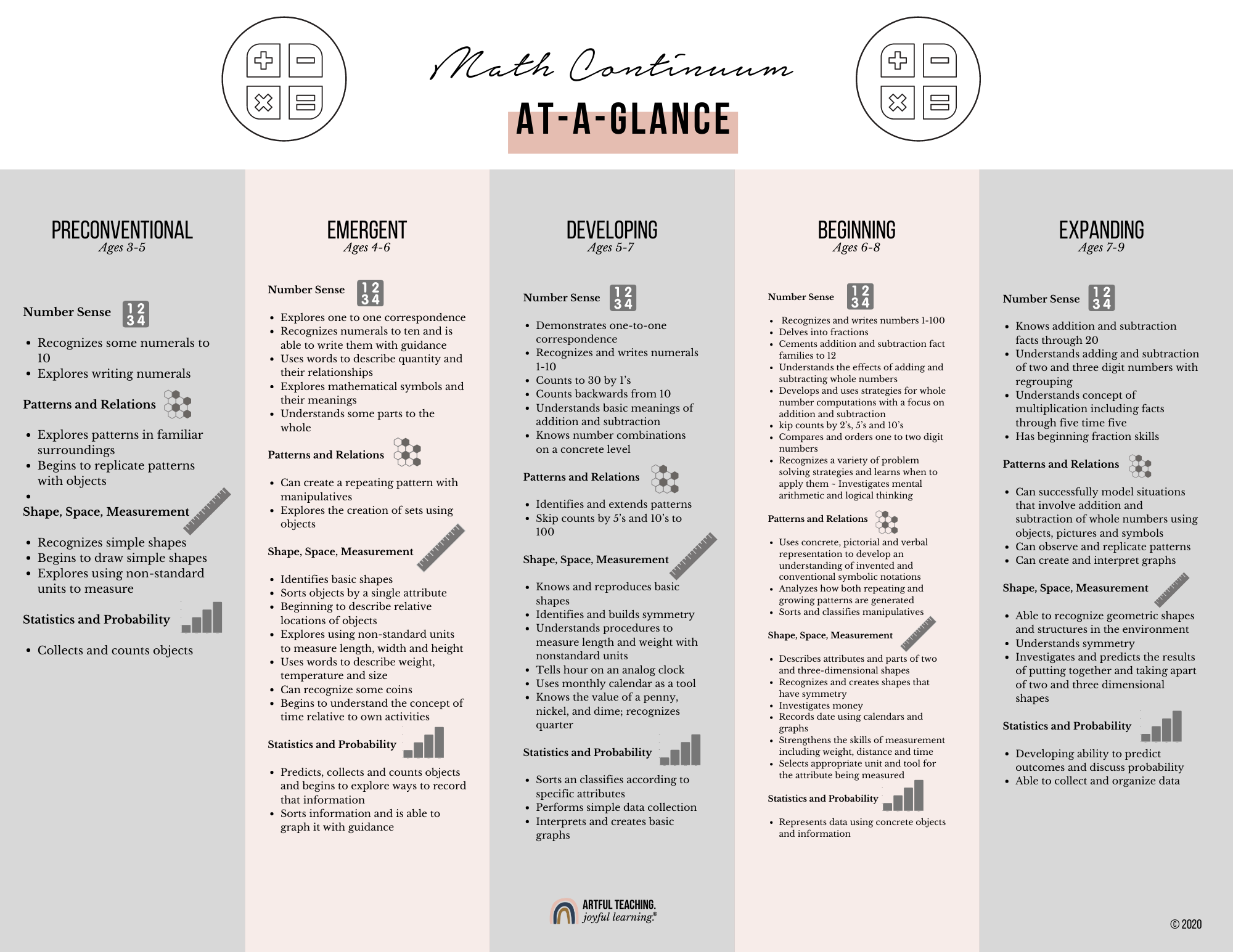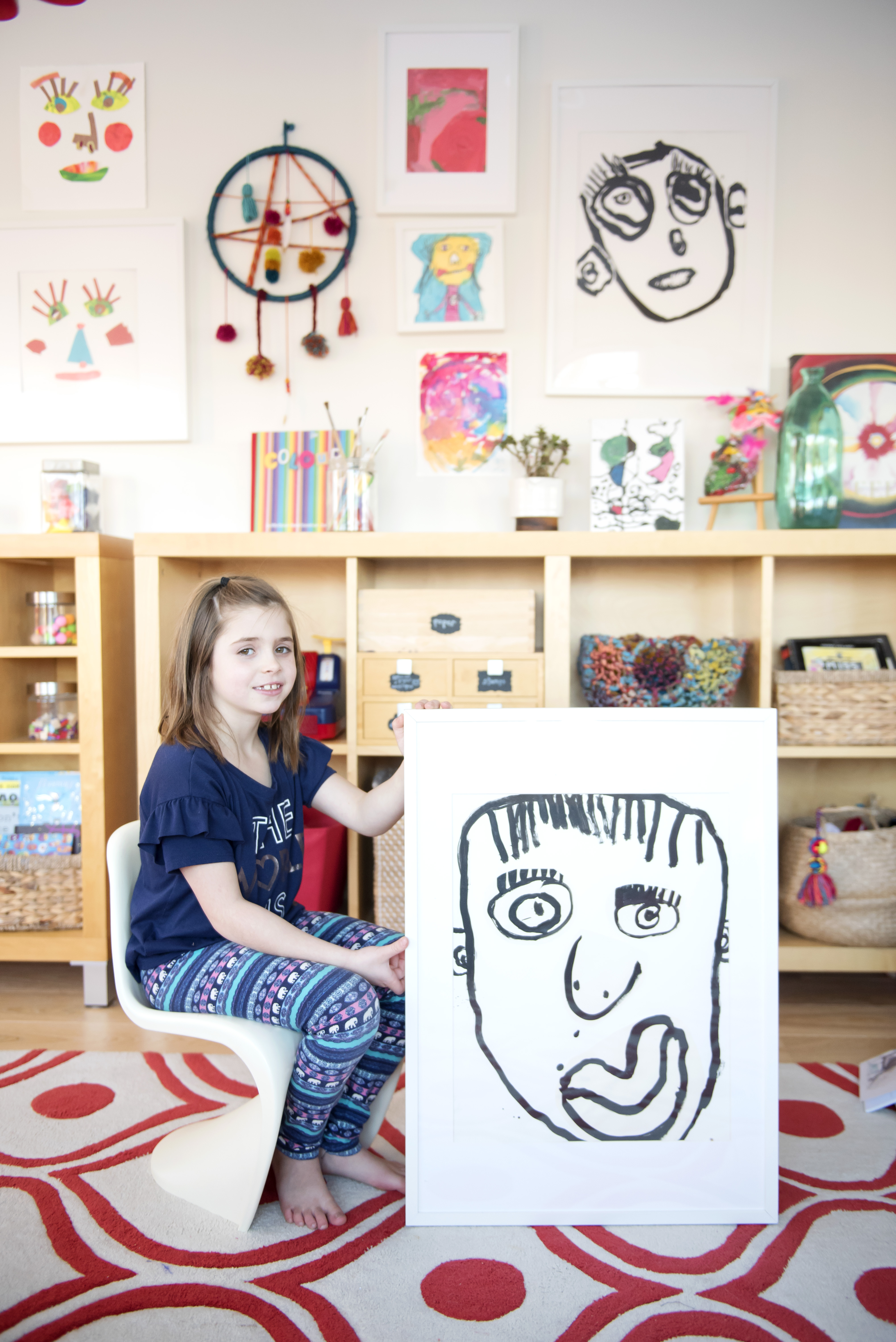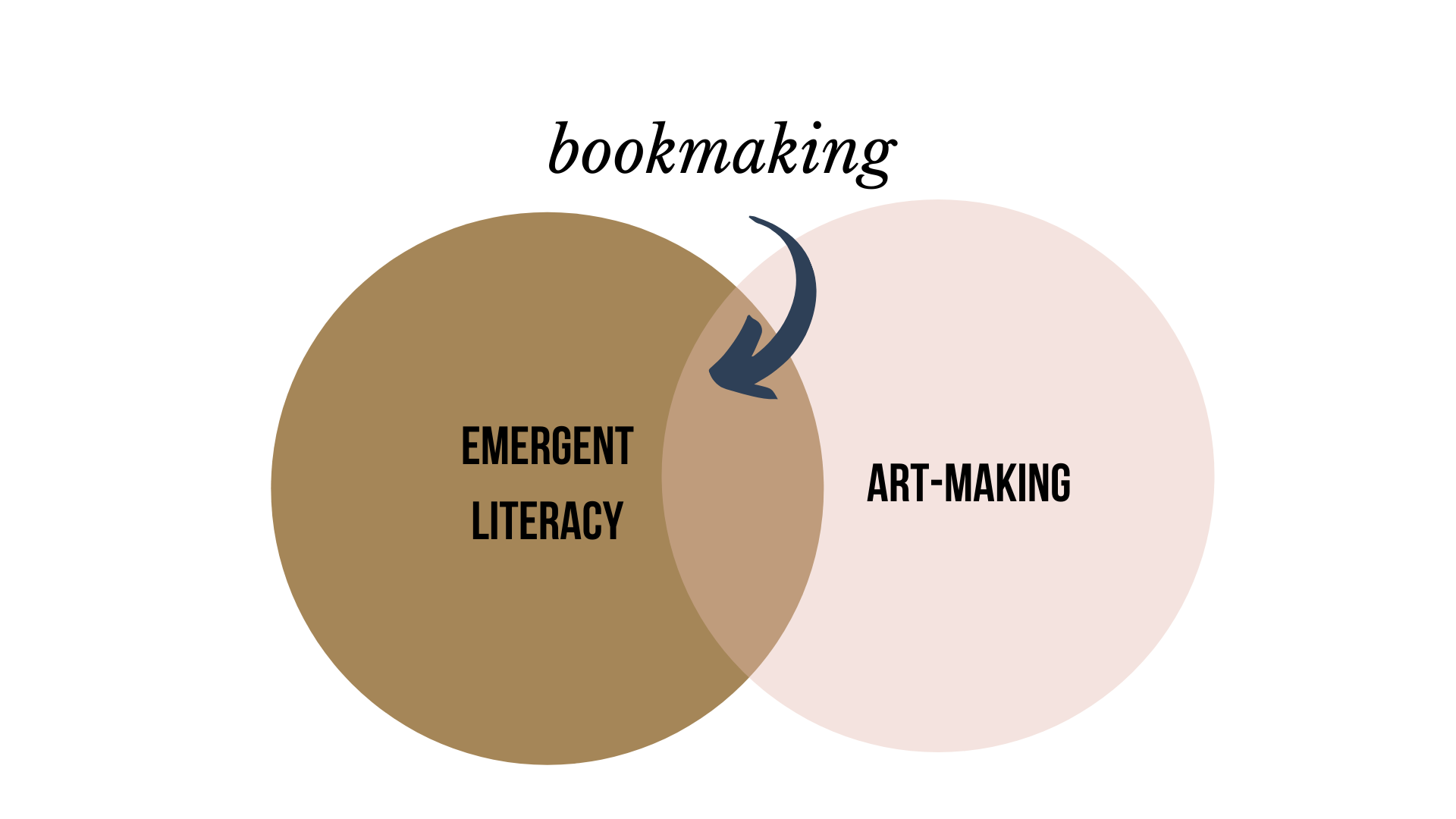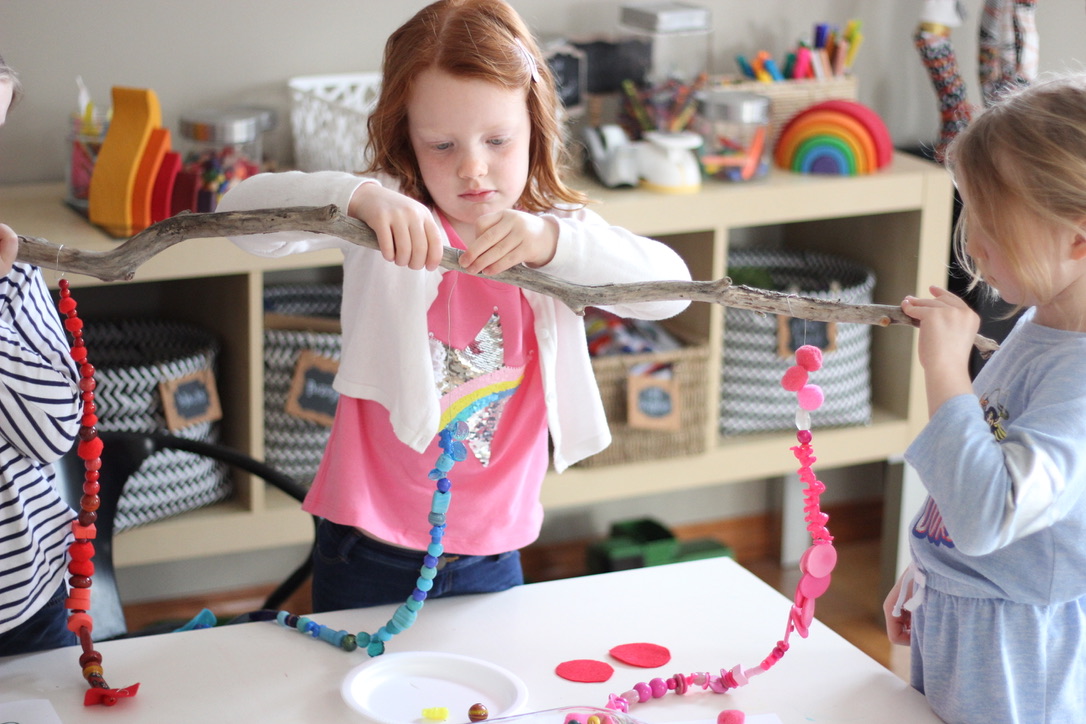Teach Kindergarten Math Without a Curriculum!
Math learning in the early years is playful, authentic and based on real-life experience.
You don’t need a curriculum! Although it’s helpful to have a scope and sequence to map out where your child is at, and to get a glance for what to expect next, learning math in the early years can and should be integrated into everyday, real-life play and learning.

We’ve just celebrated Halloween and we have a TON of extra candy in the house.
Why not build those into playful math experiences?
Children develop as math learners, moving from real-life concrete experiences (using manipulatives and other counting objects) to pictorial representation (pictures, tally marks etc.) to symbolic understanding.

Before they can be expected to move toward symbolic representation of addition and subtraction (ie - worksheets), they need lots and lots of experience joining and separating sets. One-to-one counting, joining and partitioning form the foundation for computation like addition and subtraction...
How to Teach Reading in Homeschool
Wondering what it takes to teach your child to read?
How do you know when your child is ready?
Are you worried about turning them off of reading, or butting heads as you begin the process?
Teaching your child to read may feel overwhelming. There are a lot of moving parts.
As a resource teacher working with children and teachers, I was able to lean in on others’ classrooms and get a ton of great ideas. These teachers inspired me to raise the bar, and one, in particular - the Reading Recovery teacher - had a profound impact on my practice with her simplified tools to teach reading.
She had a giant tickletrunk of tools - many of them very playful and hands-on - and I couldn’t help myself from eavesdropping every time she did a lesson. These struggling kids learned to read SO QUICKLY - with confidence, ease and fluency.
I took stock of the strategies she used, and started to test them out in my own practice, and later on with my own girls. I was amazed at how quickly the childr...
The Biggest Predictor for Reading Success
Many homeschool parents are eager to teach their littlest children to learn to read.
But did you know there are several FOUNDATIONAL skills your child needs to master before ever picking up a book or even learning their letters and their sounds?
In this video and article, we're talking about the FUNDAMENTAL pre-cursor to teaching reading, and it has very little to do with letters, sounds or phonics. In fact, research says this skill is the SINGLE BIGGEST PREDICTOR for future reading success.

Can you guess what It is?
Phonemic awareness.
And in this article, I'm sharing five playful, prep-free ways you can build this skill every day, so that your child becomes a fluent, skilled reader.
What exactly is phonemic awareness?
At its very core, phonemic awareness is your chid’s ability to PLAY with language.
Phonemic awareness is not phonics.
Phonemic awareness is AUDITORY and does not involve letters or words in print.
It is the ability to hear, identify, and manipulate indiv...
Teach your Child to Write: the Simple, Playful Way
Do you wonder exactly HOW to teach your child to write {without butting heads / bribery or boring worksheets} in your homeschool?
Where do we start?
What does writing in the early years even look like? How does it fit into a Reggio-Inspired approach?
How much is too much? And do we push them, even when they resist?
Teaching writing is part art and part science. It requires a set of tools and a bit of knowledge about how kids develop and learn. When I taught in my Reggio-Inspired Kindergarten, I learned some pretty amazing tricks of the trade. Through my years of experience teaching hundreds of children - many of them reluctant - I honed my teacher toolbox with tried-and-true strategies. This article and video share some of my "teacher hacks" - a set of concrete tools to help make teaching writing easier for you, and more fun for them.
“Writing floats on a sea of talk.” - James Britton
Oral language precedes the written word. If we want to get our kids writing - and excited about...
These are a few of my favorite things... {non-traditional homeschool supplies}
Parents of preschoolers and little ones: ready to bust boredom, and inject some creativity and artful learning into your homeschool day?
Young kids are built to move, to create and build - and that's exactly what these unconventional supplies encourage.
Weave these unexpected, inexpensive supplies into everyday learning to up-level the fun-factor in your homeschool program!
For those of you who enjoy hearing AND seeing, be sure to check out the full video above!
1. India Ink
A beautiful medium for creating strong, punchy bold lines, India Ink is a unique tool to create expressive portraits, working BIG on easel paper, or creating fun script, alphabet letters and numbers. Available on Amazon or Michaels, I offer a BIG disclaimer: India Ink is highly staining. So get outside, and don those big sloppy smocks!




2. Sharpie
Fine-line Sharpie markers are not for the faint of heart, as they are as highly staining as India Ink, but they're much more portable and flexible in ...
The Reggio-Inspired Learning Space: Inspiration even if you're on a limited budget!
If creating a beautiful, bright and organized space for learning is on your wish list, read on!

In schools of Reggio Emilia, Italy, the space that surrounds children is given a lot of consideration. It's not just about "decor" to make it look pretty, or "organization" of stuff. It's so much more.
The Italian word ambiente (amˈbyentē) is used in Reggio schools to describe the textures, the colours, the smells, the feel, the vibe you get when you enter a space. Ambiente is so important, that the environment is considered the child's third teacher in a Reggio Emilia-inspired world.
Why is so much attention given to the space that surrounds our children in the world of Reggio?
When we create an environment that respects children as learners and full of potential, they in turn respect their environment and view themselves as capable, competent and full of potential.

They understand that this is a place where they are honoured as artists and creators, and that learning is valued her...
Reggio-Inspired All-About Me Books

If you're looking for ideas to inspire your kids to read and write, you're going to LOVE this DIY bookmaking project!
Often, young children need a little warming up, a little prompting when it comes to getting pen to paper - especially if they suffer from perfectionistic tendencies, and want to get it just right.
Bookmaking opens a world of writing inspiration. A beautiful handmade book BEGS to be filled with your child's ideas, stories and pictures.
I like to think of bookmaking as the intersection of emergent literacy and art-making. A truly winning combination.

An autobiography is a wonderful starting point, because your child is sharing facts about his life. They're also a beautiful way to catch a glimpse of how your child see himself in the world, and the things that are most important to them.

Construct the book with the instructions inside the video at the top of this post.

Once the structure is completed, your book is ready to be filled with ideas!
I'm sh...
Reggio-Inspired Atelier {at Home!}
What is an atelier?
How does the atelier foster our kids' creativity and self expression?
How can we create our own mini-atelier in our own home, and what materials should be included?

In Reggio Emilia, Italy, the atelier is like the beating heart of the classroom.

A dedicated space for art-making, long-term projects and creative exploration through a variety of rich art media, accessible to children to represent their ideas, provoke creative thinking, and show understanding through their one hundred languages.
How might we bring the magic of the Atelier home?
What kinds of tools should we include, and how can they be organized to foster independence and creative exploration for our own children?

Designating a dedicated space for creating sends a message to our children that art is valued, and that they are valued as artists.

This can be a special nook, corner or area of your home, equipped with art media and materials to encourage your child to express their ideas v...
Reggio-Inspired Valentines
Valentine's Day is a special day that captures the hearts {and sweet-teeth} of our children, and is a day that holds so much possibility for dialogue about love, kindness and friendship.
Children of all ages love to receive and create their own handmade Valentines, and inside my latest YouTube video, I'm sharing several {new!} process-art techniques for creating Valentines cards for sharing, and ways to extend these invitations to include beginning writing.

But how do we extend our children's Valentine's art to also encourage writing?
Begin with mind-mapping exercises (brainstorming), where you create a bubble map of children's ideas about love / kindness / friendship.
Some ideas for brainstorming:
- People we love
- What is Love?
- What does kindness look like / sound like / feel like?
- What does it mean to be a good friend?


These brainstorming moments are a great way to initiate our kids' prior knowledge. This is the warming-up of our children's brains for learning!
...A Day in our Reggio-Inspired Kindergarten Homeschool

Have you ever wanted to be a fly on the wall in a Reggio-Inspired classroom?
Do you dabble with the approach - injecting the odd provocation here and there, experimenting with emergent curriculum, but also enjoy a more predictable, structured {planned} curriculum?

Have you wondered how to meet all the academic outcomes, but also how to balance a child-centred, curiosity-driven approach? What are the rhythms and routines? How does learning “happen?” What does a typical schedule look like?

I’m also sharing my {somewhat controversial} stance - as someone who straddles the line between a traditional, teacher-directed approach with a more Reggio-inspired, child-centred approach. The "sweet spot" where wonder meets rigour.
I used to struggle with internal questions like:
"Is this inquiry-enough?"
"Is this artsy/playful/natural enough?"
"Does this spark enough joy/wonder/creativity?"
More recently, however, I have finally become comfortable in my position as one who helps children ...





